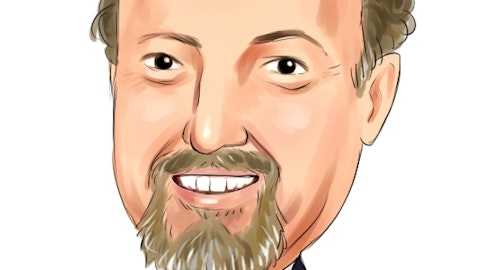The London hedge fund Eisler Capital, started by former Goldman Sachs partner Edward Eisler, is closing down following a series of poor performances and rising expenses. The news was announced in the form of a letter to investors at the end of September 2025. The company acknowledged that its multi-strategy main fund was not performing to expectations, indicating that it had not been performing as expected. By August, the fund was at a loss of 1.7% year-to-year, when industry standards were performing well.

Image by drobotdean on Freepik
The figures have a larger narrative. The average net annual fund returns were approximately 7 since the initiation in 2015. That would have been okay on its own, but in comparison to peers who routinely took out double digits, it was barely enough to keep clients happy. Together with years of high outflows, the underperformance resulted in Eisler struggling to continue its position among bigger competitors.
It was not just the problem of performance. The structure offered by Eisler was costly to operate. The fund worked on a so-called pass-through model, in which investors paid the bill for staffing and other overheads on top of managerial and performance fees. A study at Barclays revealed that investors in such arrangements usually retained less than half gross returns. That did not augur well with the performance of the fund, which started to lag behind the pack.
This tension between rising costs and shrinking margins isn’t unique to hedge funds. Other industries facing similar pressures are experimenting with different ways to cut overhead. In the online gaming space, for example, operators are exploring leaner, tech-driven revenue models designed to scale without the weight of high payrolls or physical infrastructure. Reports such as GamesHub’s shortlist of the top online casinos in Dubai show how some platforms are adapting with digital-first approaches that prioritize efficiency and sustainability. It’s a reminder that no matter the sector, survival often depends on keeping operations light while still delivering consistent value.
Meanwhile, Eisler found himself in the growing talent war. Pay packages were skyrocketing, and attempts to retain traders by the use of such methods as bonus reclaims failed to prevent a wave of exits. In the last year, approximately ten portfolio managers and some senior staff members left the fund, leaving it thinner and more vulnerable.
Earlier this year, Eisler cut about 15% of its staff in an attempt to rein in costs. But the moves weren’t enough to change course. Between 2021 and 2025, the firm saw nearly $7 billion in client redemptions. By late summer, the decision was made to stop investor withdrawals and begin an orderly wind-down of the portfolio. The process is expected to take months, with capital being returned gradually through early 2026.
For many investors, the suspension of redemptions is frustrating, but industry watchers note it’s a common step during liquidations. It allows managers to sell positions in a controlled way instead of rushing into unfavorable exits.
The closing of Eisler highlights the brutality of the hedge fund environment today: size is everything. The biggest multi-strategy platform names, such as Citadel and Millennium, can afford high compensation rates and can invest in technologies and distribute the risk over huge teams of managers. Smaller and mid-sized players, in turn, are exposed to a scale or fail environment where mistakes are not tolerated much.
Industry leaders have been warning about this shift for some time. Citadel’s Ken Griffin recently pointed out that the golden age of multi-manager, pass-through structures may be fading. Fee pressure, crowded strategies, and the constant struggle to recruit top talent are squeezing out firms without the scale to compete.
Eisler’s decision to close may be seen as part of this larger shakeout. It’s another sign that hedge funds without strong performance and cost discipline are finding it harder to justify their place in client portfolios. For investors, it’s a reminder that understanding not only the returns strategy but also the structure and economics of a fund is key to judging its long-term potential.





